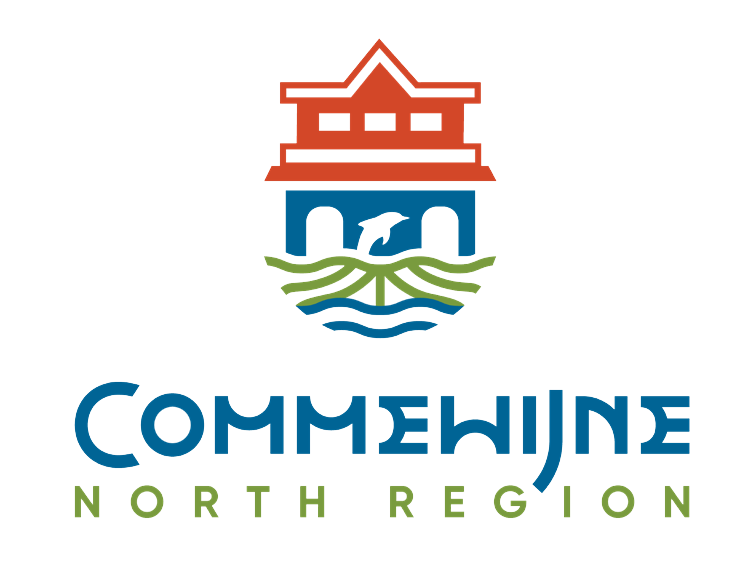Why Commewijne
History
Commewijne holds the keys to “colonial past.” It is the education not found in the history books.

The Commewijne tourism product carries strong historical ties to the years past, particularly the Trans-Atlantic Slave Trade, and a longstanding colonial history with the Netherlands has left many cultural ties remaining today. With over 200 plantations and several museums, Commewijne is a place to reconnect with the past.
As some travelers describe, a trip to Commewijne transports you back in time.
The history of Commewijne follows many events such as the colonization of “The Wild Coast”, the establishment of the plantations, the Trans-Atlantic Slave Trade & the Maroon tribes, the introduction of indentured labor as an alternative for slavery and the indentured laborers that were brought to Suriname from different countries.

The plantations date back to colonial times in the 17th century.

From the start (seventeenth century), the plantations in Suriname were worked by forced labor; hundreds of thousands of enslaved Africans were brought to Suriname as part of the Trans-Atlantic Slave Trade. Through the years, many enslaved people escaped the plantation life with the help of the tribes living deep in the country’s interior. They established their own communities and became known as the Maroons.
Travel back in time.
During the heyday of the plantation economy, Commewijne counted more than 600 plantations with names such as Frederiksdorp, Rust en Werk, Katwijk, Mariënburg and Peperpot. Many of the old plantations have since been abandoned, but may still be visited.

There is much unknown history to be uncovered in Commewijne.

After slavery was outlawed in 1873, there was an urgent need in the colony for new -and especially cheap- laborers who could continue the heavy work on the plantations. As a result, indentured laborers from China, British India and Indonesia were recruited to work on the nation’s plantations – of whom many descendants still live in the region today.
We invite our guests to see, touch and learn. And as the land has not evolved much since, they may even still feel the spirits of the ancestors around them.

